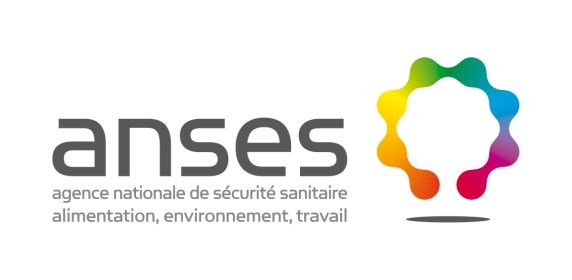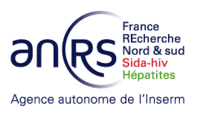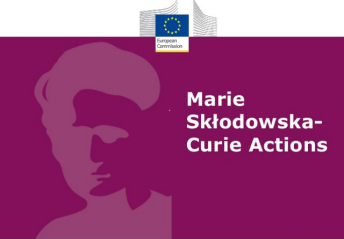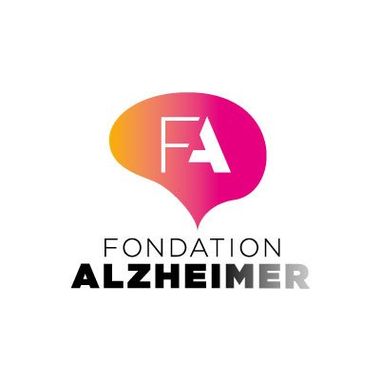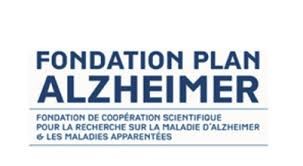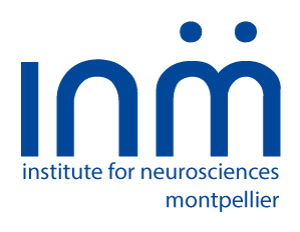Achievements and highlights
Our epidemiological work is helping to better identify individuals and population groups that could respond to primary and secondary prevention strategies for dementia in the elderly or decline in intellectual function.
- The main factors put forward in our work are occupational factors with different chemical exposures from the age of 50, the deleterious effects of certain treatments in older subjects, place of residence, for people over 65 years old in particular living in underprivileged neighbourhoods, but also air pollution.
- Many of these factors can be modified through adaptations of public policies and comprehensive public health strategies.
Our clinical research activities in the field of Alzheimer's disease aim to determine the diagnostic and prognostic relevance of biomarkers, model the ideal care pathway for timely diagnosis at an early stage of the disease, investigate secondary or tertiary prevention factors of dementia and cognitive decline.
- In collaboration with the "Proteinopathies" team, we have been able to demonstrate the relevance and specify the modalities of use of cerebrospinal fluid and plasma biomarkers. These results contribute to the dissemination in clinical practice of the use of these biomarkers within the care pathway.
- We are working on the identification of causal factors for differences in cognitive trajectory profiles in order to propose multimodal intervention strategies. These results will contribute to propose personalized prevention to at-risk subjects.
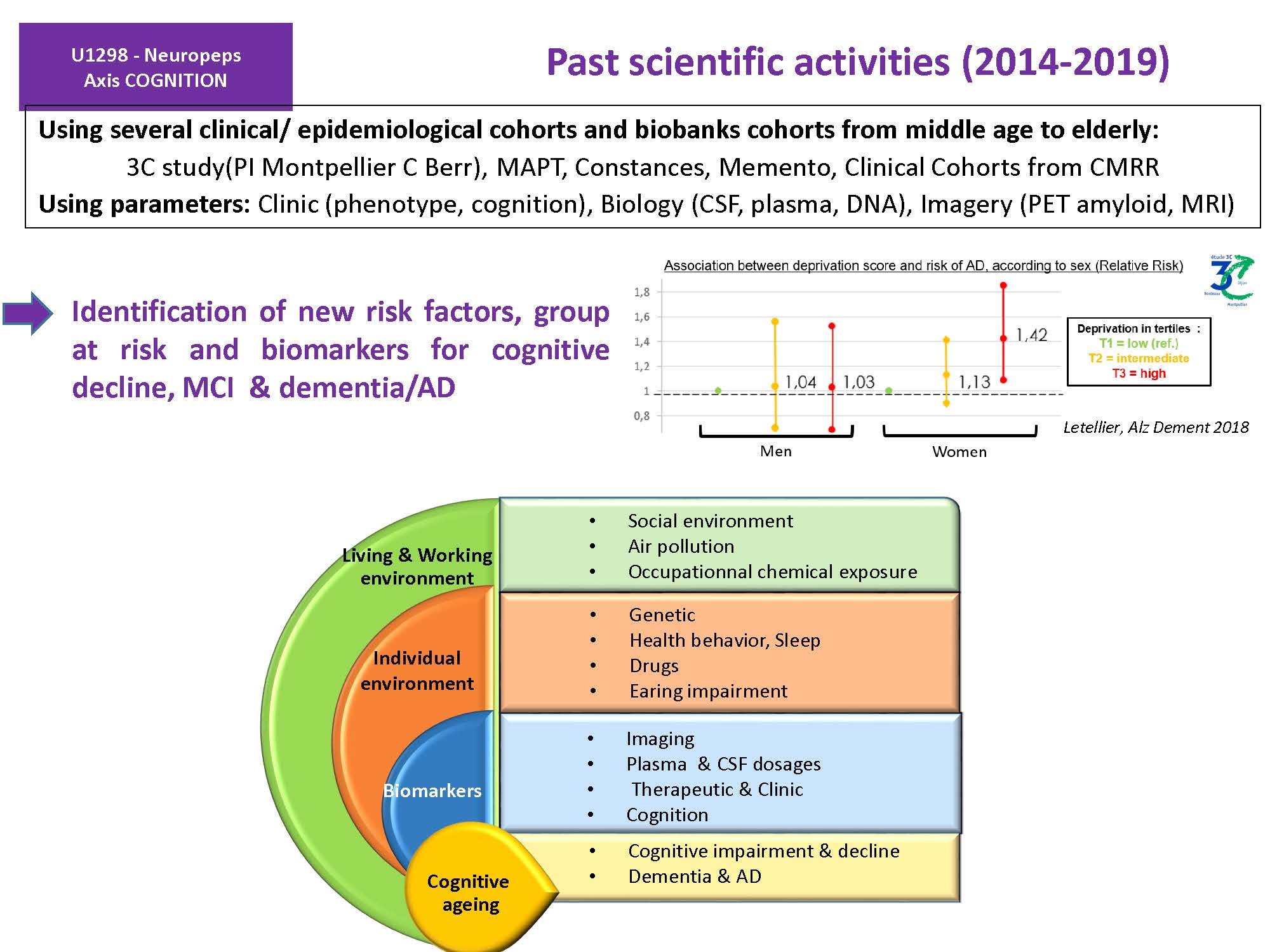
Methods
Our epidemiological work is based:
- on several cohorts in a mainly national population such as the 3 Cities study (Bordeaux, Dijon, Montpellier http://www.three-city-study.com/) which includes nearly 10,000 subjects over 65 years old, followed for more than 12 years or the Constances study, which includes more than 210,000 subjects between 18 and 70 years old (https://www.constances.fr/).
- on medico-administrative databases such as the EGB
- on clinical cohorts such as BALTAZAR, PLM, Memento, MAPT.
Projects
From Observation to Intervention:
Our research program now covers the spectrum of cognitive functioning from mid-life to old age and clearly benefits from our long-term involvement in cohort building - both clinical and population-based - with documentation of various environmental factors and biomarkers, including neuropsychological assessment, brain imaging and biobanking (CSF and plasma) and clinical research focused on prevention.

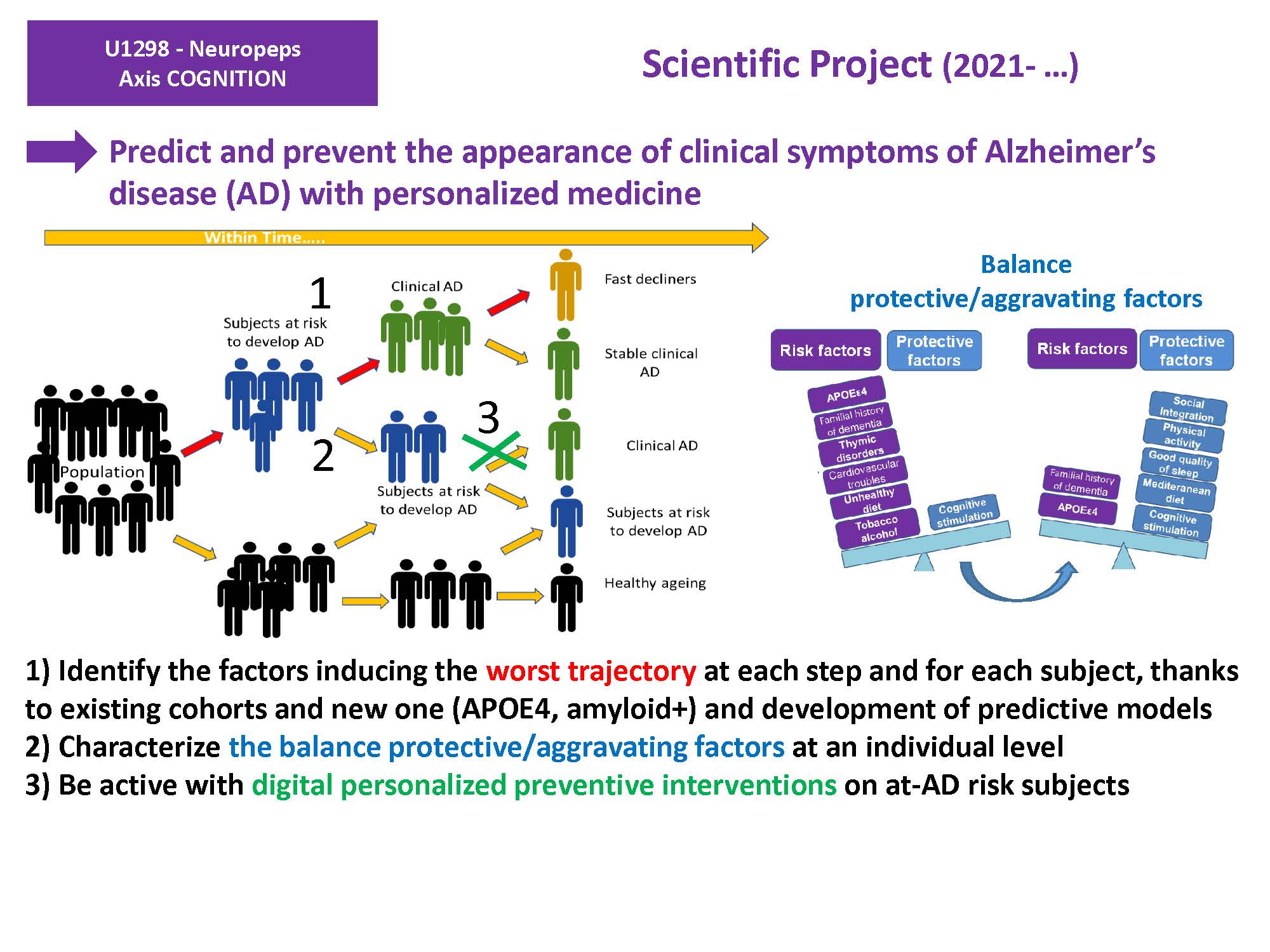
Major publications
Gabelle A, Schraen S, Gutierrez LA, Pays C, Rouaud O, Buee L, Touchon J, Helmer C, Lambert JC, Berr C. Plasma beta-amyloid 40 levels are positively associated with mortality risks in the elderly. Alzheimer's & Dementia. 2015;11(6):672-80 .
Mura T, Baramova M, Gabelle A, Artero S, Dartigues JF, Amieva H, Berr C. Predicting dementia using socio-demographic characteristics and the Free and Cued Selective Reminding Test in the general population. Alzheimer's Research & Therapy. 2017;9(1):21 .
Letellier N, Gutierrez LA, Carriere I, Gabelle A, Dartigues JF, Dufouil C, Helmer C, Cadot E, Berr C. Sex-specific association between neighborhood characteristics and dementia: The Three-City cohort. Alzheimer's & Dementia. 2018;14(4):473-82.
Hanon O, (…), Touchon J (12), (…), Gabelle A (33). Plasma amyloid levels within the Alzheimer's process and correlations with central biomarkers. Alzheimer's & Dementia. 2018;14(7):858-68.
Letellier N, Choron G, Artaud F, Descatha A, Goldberg M, Zins M, Elbaz A, Berr C. Association between occupational solvent exposure and cognitive performance in the French CONSTANCES study. Occup Environ Med. 2020 Apr;77(4):223-230. doi: 10.1136/oemed-2019-106132. Epub 2020 Feb 19
Makinson A, Dubois J, Eymard-Duvernay S, Leclercq P, Zaegel-Faucher O, Bernard L, Vassallo M, Barbuat C, Gény C, Thouvenot E, Costagliola D, Ozguler A, Zins M, Simony M, Reynes J, Berr C. Increased Prevalence of Neurocognitive Impairment in Aging People Living With Human Immunodeficiency Virus: The ANRS EP58 HAND 55-70 Study. Clin Infect Dis. 2020 Jun 10;70(12):2641-2648. doi: 10.1093/cid/ciz670..
Lehmann S, Dumurgier J, Ayrignac X, Marelli C, Alcolea D, Ormaechea JF, Thouvenot E, Delaby C, Hirtz C, Vialaret J, Ginestet N, Bouaziz-Amar E, Laplanche JL, Labauge P, Paquet C, Lleo A, Gabelle A; Alzheimer’s Disease Neuroimaging Initiative (ADNI). Cerebrospinal fluid A beta 1-40 peptides increase in Alzheimer's disease and are highly correlated with phospho-tau in control individuals. Alzheimers Res Ther. 2020 Oct 2;12(1):123. doi: 10.1186/s13195-020-00696-1.
Mortamais M, Gutierrez LA, de Hoogh K, Chen J, Vienneau D, Carrière I, Letellier N, Helmer C, Gabelle A, Mura T, Sunyer J, Benmarhnia T, Jacquemin B, Berr C. Long-term exposure to ambient air pollution and risk of dementia: results of the prospective Three-City study. Environment International 2021 [In press]. https://doi.org/10.1016/j.envint.2020.106376
Collaborations
International consortiums: Alzheimer Cohorts Consortium, CHARGE, IGAP
International collaborations: Scripps Institution of Oceanography, UC San Diego, US (T Benmarhnia) St Louis University US ( R Bateman), Harvard Center for Population & Development Studies, Cambridge US (L Berkman), Harvard Medical School, Boston US (F Grodstein), IS Global Barcelone,Spain (J Sunyer) Swiss Tropical Health Institute (K. de Hoogh et D. Vienneau)
Fundings
